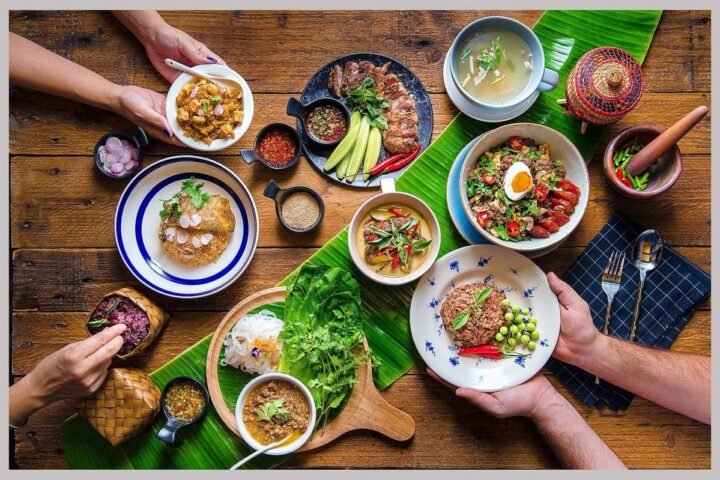Today: November 13, 2025
Global Fusion Cuisines: How Culinary Crossovers Are Shaping Modern Food Culture
Food has always been a universal language, connecting people across borders, traditions, and time. But in today’s interconnected world, this language is evolving faster than ever. The rise of global fusion cuisine — the blending of culinary traditions from different cultures — is transforming how we eat, cook, and experience food. From sushi tacos to butter chicken pizza, the modern dining scene thrives on creativity, diversity, and the joy of unexpected combinations.
The concept of fusion cuisine isn’t entirely new. Throughout history, trade, migration, and colonization have led to the exchange of ingredients and cooking techniques. Indian curries adapted in Britain, Chinese stir-fries influenced by Southeast Asian flavors, and the introduction of tomatoes to Italian cuisine — all these were early forms of culinary fusion. However, in the 21st century, globalization and technology have accelerated this exchange, turning fusion food into a defining symbol of modern culture.
In today’s restaurants and home kitchens alike, chefs are blurring the lines between authenticity and innovation. They are creating dishes that tell stories of cultural exchange and personal identity. A Korean-American chef might experiment with kimchi quesadillas, while a French pastry chef could infuse classic desserts with matcha or yuzu. These combinations are not merely gimmicks — they represent a deeper appreciation for global diversity and the shared love of flavor.
One of the key reasons behind the popularity of fusion cuisine is accessibility. Global travel, social media, and food delivery platforms have exposed people to tastes from around the world. A person in New York can crave Thai street noodles one day and Mediterranean hummus bowls the next. This growing curiosity drives demand for new flavor experiences that transcend borders. As a result, chefs are no longer limited by tradition; they’re inspired by the entire world’s pantry.
Moreover, fusion cuisine reflects the spirit of cultural inclusivity. It celebrates the idea that food is not confined by geography but enriched through collaboration. When done respectfully, fusion dishes honor their source cultures while creating something entirely new. Restaurants like Nobu, which merges Japanese and Peruvian influences, or the Indian-Mexican fusion brand “Taco Samosa,” show how creativity can bridge cultures and bring people together through taste.
Yet, the trend also comes with debates about authenticity and cultural appropriation. Critics argue that fusion cuisine can sometimes dilute traditional recipes or misrepresent cultural heritage for profit. However, many modern chefs counter this by approaching fusion with research, respect, and collaboration. They partner with local communities, source authentic ingredients, and ensure that their dishes pay homage to their origins rather than exploit them.
Technology, too, plays a major role in spreading the influence of fusion cuisine. Platforms like Instagram and YouTube have made food a global art form. Food influencers and digital chefs experiment with flavors and share recipes instantly, inspiring millions to try their own culinary creations at home. This digital exchange of ideas has created a new kind of chef — one who values both creativity and cultural connection.
The evolution of global fusion cuisine also mirrors society’s shifting values. Younger generations, especially millennials and Gen Z, are embracing multiculturalism in all forms — from fashion and music to, of course, food. They see dining not just as sustenance but as an experience of identity, exploration, and creativity. Fusion cuisine fits perfectly into this mindset, offering something both familiar and adventurous at the same time.
Ultimately, global fusion cuisine is a reflection of the world we live in — diverse, connected, and constantly evolving. It shows that food is more than tradition; it’s conversation, collaboration, and creativity on a plate. As chefs and home cooks continue to mix flavors and ideas, our collective palate becomes richer, reminding us that unity doesn’t mean uniformity. The next great culinary innovation could come from any corner of the world, and that’s the true beauty of fusion — it’s the taste of global harmony.
Tags
Brielle Duddy is a freelance writer and editor with a background in journalism. She has written for a variety of publications, with a passion for exploring the intersection of technology and society. Brielle is passionate about social justice and equality, and her writing often focuses on these issues. In her free time, she enjoys hiking, practicing yoga, and exploring the vibrant cultural scene in her hometown of Los Angeles.







